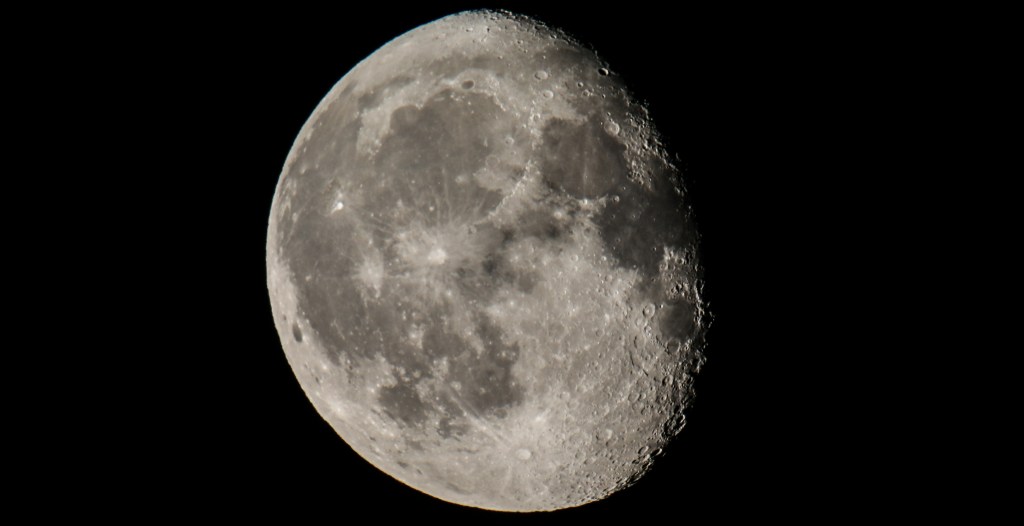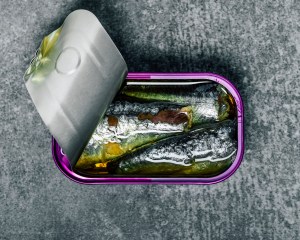A sea creature that resembles a piece of sushi has captivated visitors to a Japanese aquarium, turning a humble, inch-long crustacean into an unlikely star.
With its orange-and-white striped markings and white abdomen, the deep-sea crustacean is uncannily similar to the popular salmon sushi. The only way to tell the animal apart from the nosh is its black, beady eyes and thin translucent legs.
Videos by VICE
Since going on display at Aquamarine Fukushima in late July, the crustacean has attracted throngs of visitors hungry for a sight of its famed likeness to a piece of sushi. But the star was soon hushed off, as record-breaking COVID-19 cases forced the aquarium to close indefinitely. Fans and staff were worried the animal, whose lifespan is unknown, would die before people could see it again.
Fortunately, the crustacean made it through the bleak period of isolation. It welcomed back visitors on Friday, when the aquarium opened for the first time in two months.
Mai Hibino, a caretaker at the facility, said she felt “thankful for the animal.”
“We didn’t know how long we’d be able to put the animal on display, or if it’d even live. But it held out—it stayed alive for us,” Hibino told VICE World News.
The sushi-shaped creature, which belongs to the genus Rocinela, is an animal without a backbone, more commonly known as isopods. It belongs to the crustacean family and is therefore related to crabs, shrimp, lobsters—or actual seafood you see in sushi restaurants. Though less is known about these isopods than their more common crustacean relatives, Hibino said there are over 40 species of this genus.
With over 10,000 species, isopods feed in various ways. Some eat dead or decaying animals, while others are parasitic and inhabit other creatures’ internal organs. According to the aquarium, the salmon sushi-esque isopod belongs to the latter, and measures just three centimeters, or about one inch, in length.
As one of the most diverse groups of crustaceans, isopods live in a range of habitats, from mountains to oceans. This specimen was found off the coastal town of Rausu in Japan’s northernmost island Hokkaido, at a depth of 800 to 1,200 meters. Hibino said the creature, unlike its usually brown counterparts, could have acquired its bright color from a fish.
“Because they’re parasitic, we think maybe the color of the fish it was feeding on transferred,” she said.
Fishermen caught it in a gillnet, and are therefore unsure of what animal the isopod was feeding on, but Hibino said its protruding belly likely meant the creature didn’t have to feed—at least for a while.
“Its belly is still swollen, which means it’s probably full from when it was still a parasite and feeding on another animal. When its belly gets flatter, that means it’s hungry,” she said.
In addition to the crustacean, Aquamarine Fukushima displays a range of animals from sea otters and tree frogs to ray fish and sea anemone.
After posting pictures of the sushi-shaped creature on social media, Hibino said more visitors had come to check out the crustacean for themselves. “We had a lot more visitors come and say ‘Wow! It really looks just like sushi!’” she said.
The post featuring the crustacean received nearly 29,000 likes, compared to the average 500 earned by its mammal and marine neighbors—perhaps the only time a parasite stole the show.
More
From VICE
-

3I/ATLAS -

Redd Foxx performing on stage. (Photo by Arthur Schatz/Getty Images) -






